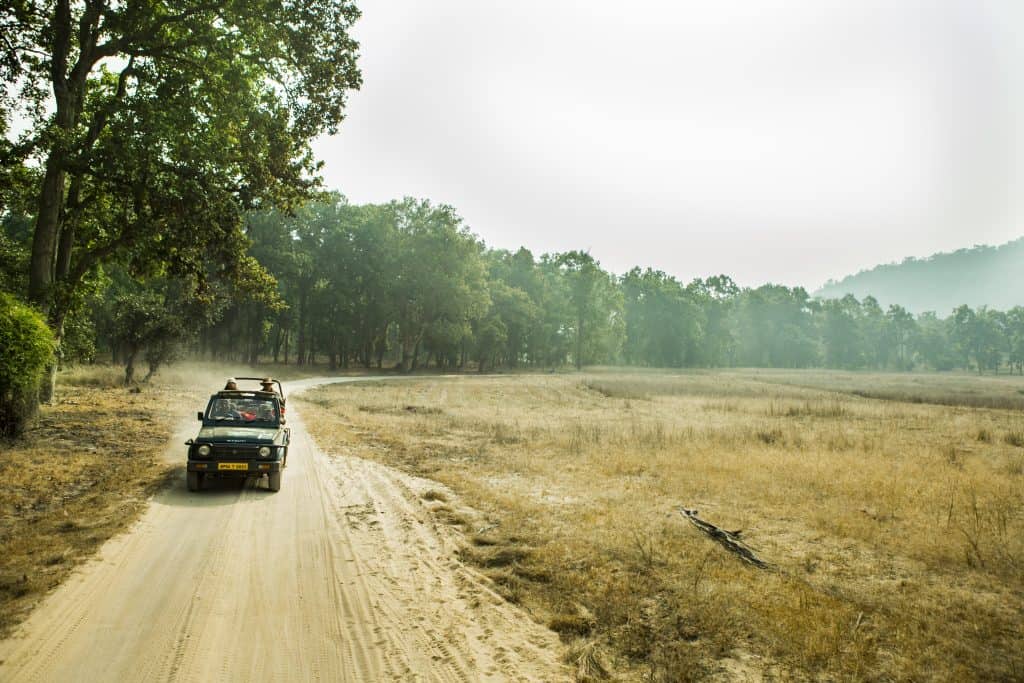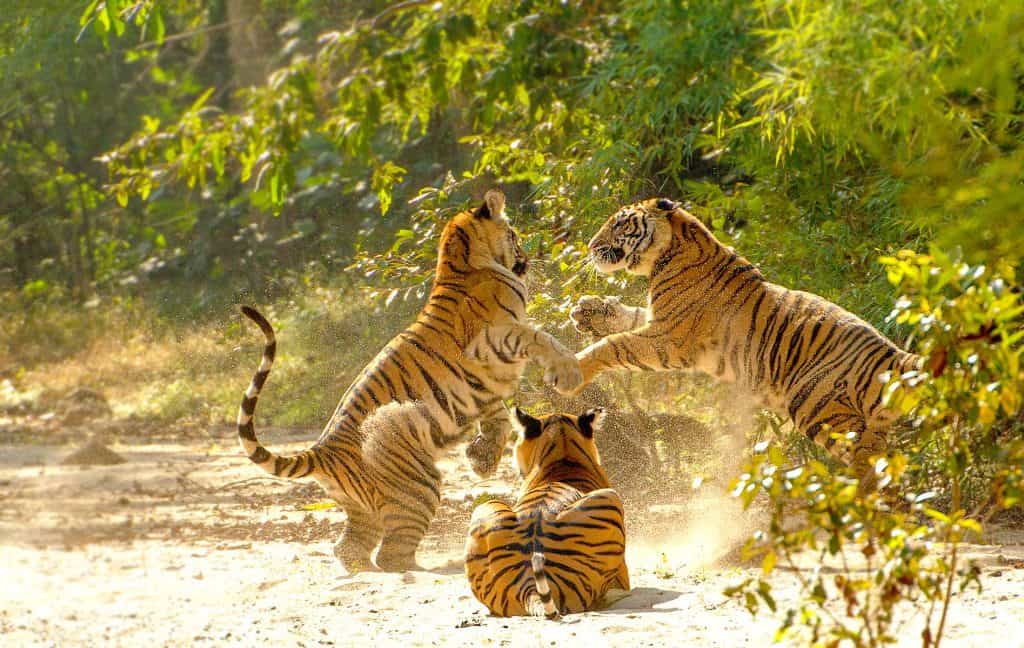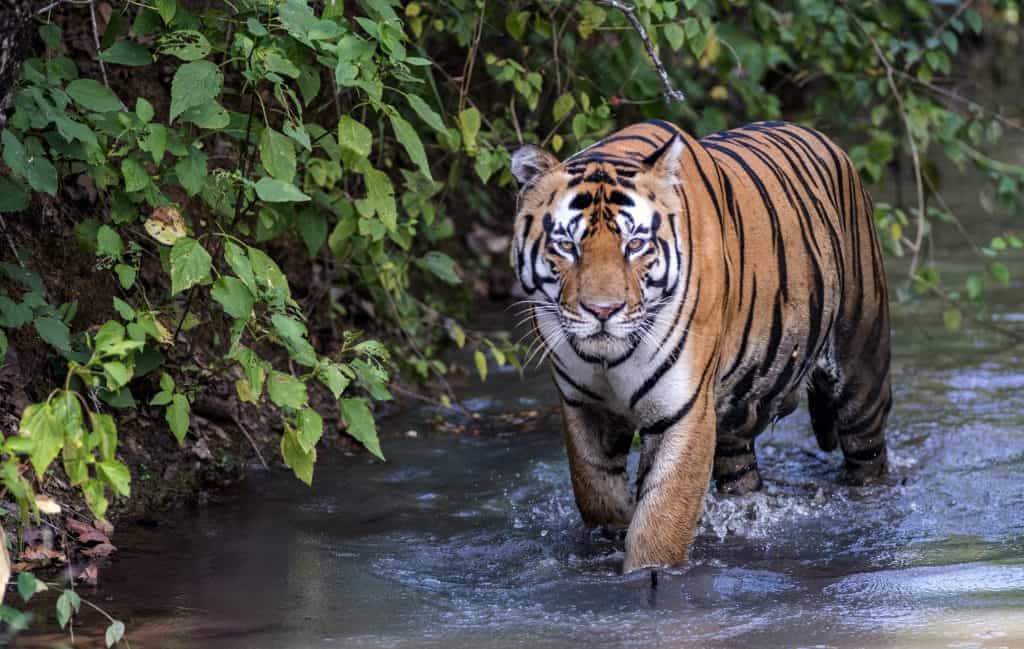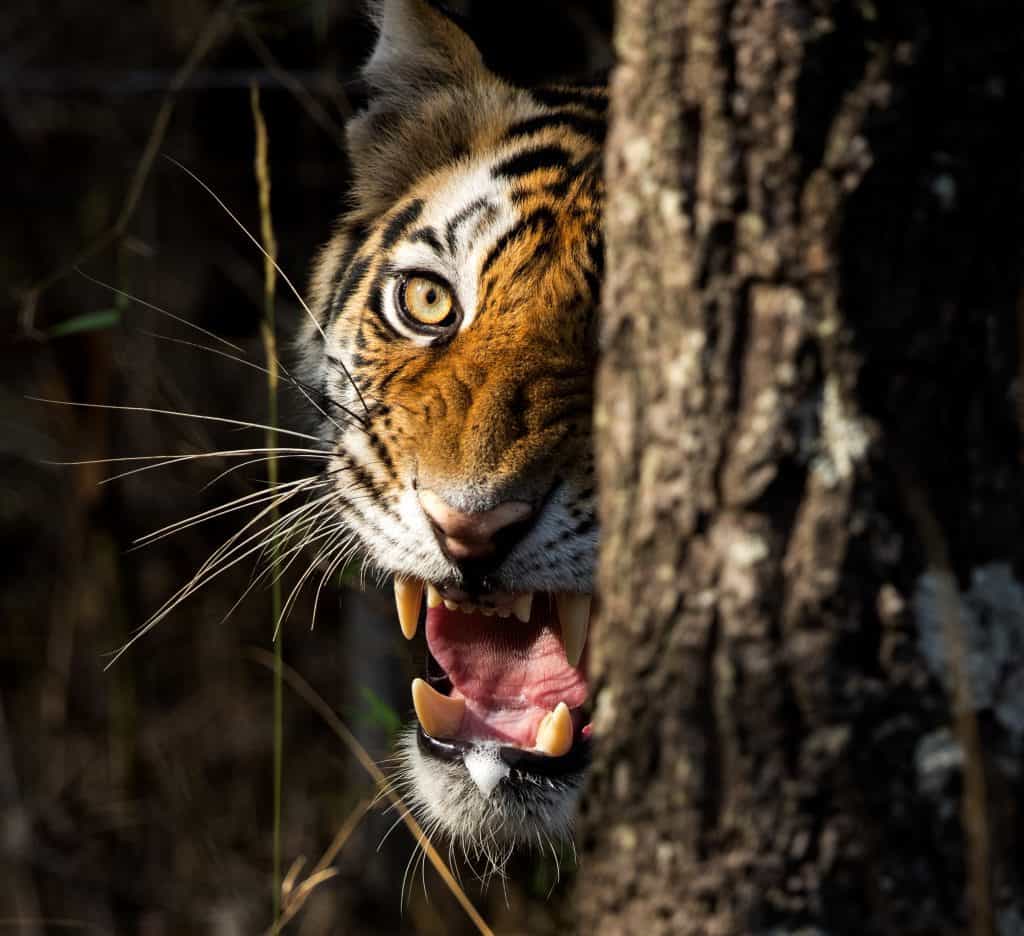Discover the wild heart of India in the 7 tiger reserves of Madhya Pradesh, where conservation and community support create thriving habitats for India’s majestic tigers. Enjoy lush forests, and thrilling safaris and witness majestic tigers in their natural habitat.

On the occasion of International Tiger’s Day, celebrated every year on the 29th of July, the Principal Secretary of Tourism and Culture and Managing Director Madhya Pradesh Tourism Board has taken initiatives to highlight the Tiger reserves of Madhya Pradesh and the efforts of Madhya Pradesh Tourism Board to promote sustainable tourism around it.
Conservation efforts at the Tiger State of India – Madhya Pradesh
Shri Sheo Shekhar Shukla said Madhya Pradesh is committed to responsible tourism and focuses on minimizing environmental impact and involving local communities. By collaborating with forest departments, local authorities, and tourism operators, Madhya Pradesh aims to sustain tourism activities even during the park closures (July to September) and generate employment opportunities for local residents.
It is interesting to note that the state has instituted a special organisation -The Madhya Pradesh Ecotourism Development Board within the forest department of the Government of Madhya Pradesh. It was created to promote and develop ecotourism as a key part of the forest department’s activities. This helps everyone work together effectively to boost ecotourism.
Madhya Pradesh has solidified its status as India’s unrivalled “Tiger State.” Boasting an impressive 785 tigers—the highest count in the nation according to the 2022 census—this central Indian state offers exceptional opportunities for wildlife enthusiasts to observe these magnificent animals in their natural habitat.
The state often hailed as the “Tiger State” of India, is home to seven magnificent tiger reserves that beckon wildlife enthusiasts from around the globe. These reserves—Bandhavgarh, Kanha, Pench, Satpura, Panna, Sanjay-Dubri, and Veerangana Durgavati—offer a captivating glimpse into the heart of India’s wilderness.
The king of the jungle thrives here, thanks to the relentless efforts of the Forest Department and the strong support of the local community. Everyone needs to commit to preserving nature for future generations and creating a caring environment where the tiger family can flourish. Restoring the tiger population was a challenging task, but through tireless dedication, Madhya Pradesh has successfully achieved this remarkable feat.
Each reserve is unique, featuring diverse landscapes ranging from dense forests and lush meadows to rugged terrains and serene rivers. Visitors can embark on thrilling safaris, nature walks, and bird-watching tours, all while enjoying the chance to witness the majestic Bengal tiger in its natural habitat.
The Madhya Pradesh Tourism Board is rolling out a variety of tourism activities to enhance the visitor experience, including vehicle safaris, nature walks, jungle safaris, treehouse stays, village tours, and stargazing. The board organises workshops across various national parks to ensure a seamless and thrilling adventure.
Here’s a glimpse into the fascinating tiger reserves of Madhya Pradesh:
Bandhavgarh National Park: Boasts a thriving 104 tiger population

Bandhavgarh Tiger Reserve spans across districts of Umaria and Katni. Encompassing an area of 1,536.93 square kilometres, the reserve boasts a thriving tiger population of 104 tigers. Bandhavgarh is one of the smallest parks but wildlife-rich and picturesque park having the highest density of tigers in India.
There is estimated to be one tiger every 14 km which offers a thrilling opportunity to spot tigers in their natural environment. A flight from Delhi to Jabalpur takes roughly 2 hours which is followed by a 4 hour drive to the park.
With 47 recorded species of mammals, around 250 species of Birds, more than 100 species of Butterflies and many reptiles, Bandhavgarh Tiger Reserve has a significant ecological role to play.
Kanha National Park: A pioneer in conservation initiatives

Kanha Tiger Reserve spanning the districts of Mandla and Balaghat is proudly one of the country’s premier tiger reserves and the state’s largest national park. The reserve encompasses an area of 940 square kilometres and the tiger population is 61. Kanha undoubtedly offers an unforgettable safari experience and spotting the master of camouflage is a thrilling reward estimated with one tiger every 15 km.
The Hard Ground Barasingha, in the Kanha Reserve, has made a remarkable recovery thanks to a holistic conservation approach and effective management practices. Once on the brink of extinction, this iconic deer species has seen a rise in its population within the reserve. The lush green forests of Kanha, dominated by Sal (Shorea Robusta) and other mixed forest trees, provide a rich habitat for diverse flora and fauna. Known for its evergreen Sal forests, Kanha is home to about 300 bird species, 43 mammal species, 26 reptile species, and over 500 insect species.
Pench Tiger Reserve: More than just a wildlife sanctuary
Pench National Park spans across the districts of Seoni and Chhindwara. Pench National Park is one of the tiger reserves in Madhya Pradesh renowned for its thriving tiger population of 61 tigers across an area of 1179.63 square kilometres posing a possibility of tiger tracking every 19 km. Pench Tiger Reserve is a living chapter from Rudyard Kipling’s iconic tale, “The Jungle Book.” The inspiration for the fictional world of Mowgli can be traced directly back to this region.
Veerangana Durgavati Tiger Reserve: Newest reserve at Heart of Incredible India
The state’s newest tiger reserve aims to conserve tigers and other wildlife within its vast expanse. The 7th protected habitat for big cats in the state is spread across Sagar, Damoh and Narsinghpur districts.
The Reserve is spread across 2339 square kilometres and is estimated to have 15 tigers making it a vital habitat for the endangered species. The Tiger Reserve is located approximately 20 kilometers from Bhopal.
Satpura Tiger Reserve: Spot at UNESCO’s Tentative List of World Heritage Sites
The Satpura Tiger Reserve stuns visitors with its exquisite natural beauty. It is aptly nicknamed as “Seven Folds,” derived from the Satpura mountain range. The reserve is estimated to have 40 tigers. The Satpura reserve also boasts ancient rock paintings dating back 10,000 years making it a memorable experience.
Satpura’s ecological wealth has earned it a well-deserved spot on UNESCO’s tentative list of World Heritage Sites in the Natural category.
The Hard Ground Barasingha has been reintroduced into the Satpura Tiger Reserve to create a new population of this endangered deer. Also known as the Central Indian Barasingha, this species was originally found only in Kanha National Park in Madhya Pradesh. Conservation efforts are successfully learning how to protect and nurture the Barasingha, making Satpura a promising new habitat for this rare deer.
Panna Tiger Reserve: Land of Ken River

Panna Tiger Reserve spans 1,598.10 sq km spread across Panna and Chhatarpur districts. The reserve is home to 25 tigers. This reserve offers a glimpse at the dynamic dry deciduous forest. The visuals of Ken River are matchless memories during the safari with a flash of sunshine lends it unparalleled beauty.
Sanjay-Dubri National Park and Tiger Reserve: Haven for wildlife
Sanjay-Dubri Tiger Reserve comprising an Evergreen Sal, Bamboo and mixed forest spans an impressive 1,674.5 square kilometres across Sidhi and Shahdol districts and is a haven for wildlife. The reserve plays a crucial role in tiger conservation and is home to about 5 tigers, 152 species of birds 32 species of mammals, 11 species of reptiles, 03 species of amphibian and many more, 34 species of freshwater fishes. Sanjay National Park which is a part of Sanjay-Dubri Tiger Reserve is the most popular place to visit.
Best time to Visit: The best time to visit the tiger reserves is typically between October and June.
Sanctuaries for India’s tigers
Madhya Pradesh’s tiger reserves, including Kanha, Bandhavgarh, Pench, Panna, Satpura, Sanjay-Dubri, and Bori, have become vital sanctuaries for India’s tigers. Through dedicated conservation efforts, the state has seen a significant increase in its tiger population, contributing to the overall rise in tiger numbers across the country.
Initiatives such as habitat restoration, anti-poaching measures, and community engagement have played crucial roles in this success. The collective efforts in these reserves not only protect the majestic tigers but also preserve the rich biodiversity of Madhya Pradesh, ensuring a thriving ecosystem for future generations.
Madhya Pradesh’s tiger reserves offer an unparalleled adventure for those seeking to connect with nature and witness the splendour of India’s wildlife. Whether you’re an avid wildlife photographer, a nature enthusiast, or simply someone looking to escape the hustle and bustle of city life,
Madhya Pradesh’s tiger reserves promise an unforgettable experience. So pack your bags, embrace the call of the wild, and embark on a journey that will leave you with memories to cherish for a lifetime.
Read more: Latest



